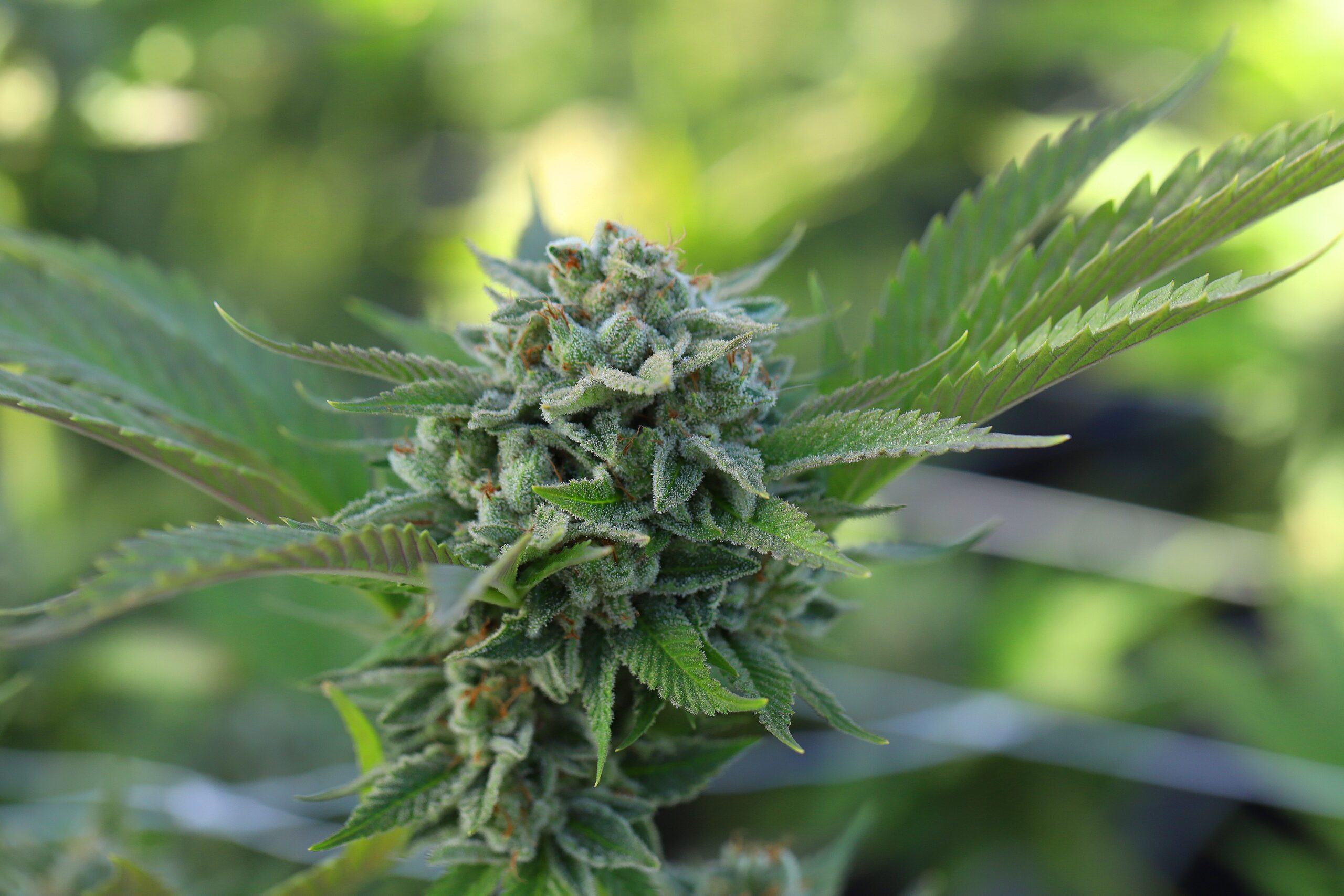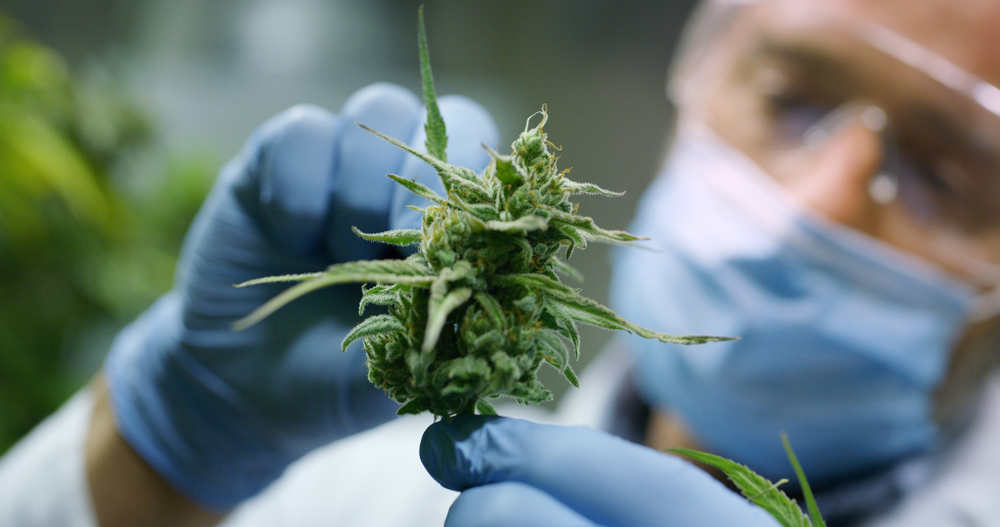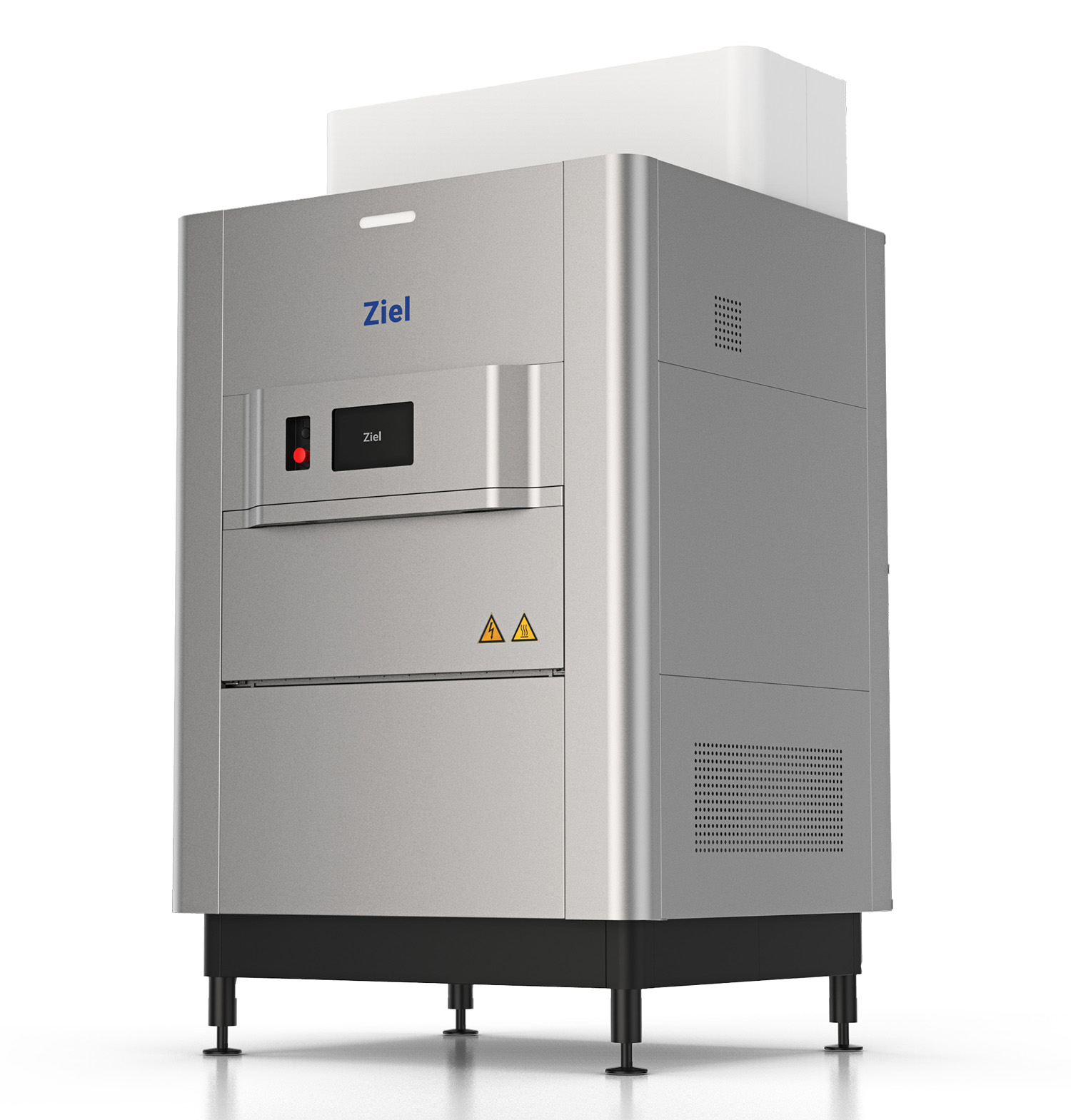Ideal Moisture Levels for Radio Frequency Remediation in Cannabis
Radio Frequency (RF) decontamination is the leading remediation technology for cannabis producers across the globe, thanks to its effective, chemical-free process. Leveraging the moisture naturally present in cannabis flower, RF can kill more than 99% of mold and pathogens while preserving the plant’s terpenes and cannabinoids.
This thorough cleaning is only achievable if the cannabis moisture content is within a specific range when decontamination begins. Too much moisture, and the plant is steamed and overheated, degrading terpenes and cannabinoids. Not enough moisture, and the decontamination process physically can’t happen because it depends on water molecules.
Cannabis growers looking to use Radio Frequency remediation in their grow must first confirm their plants’ moisture levels are within range of RF’s requirements, and if they’re not, the steps upstream of decontamination must be adjusted.
Cannabis Moisture Content vs. Water Activity: What’s the Difference?
Many cultivators assume moisture content and water activity are the same, but they reference two different things:
- Moisture content is the percentage of water in the flower by weight.
- Water activity measures how much of that water is available for microbial growth.
Two cannabis buds can have the same moisture content but different water activity levels depending on how tightly the water is bound within the plant. RF decontamination in cannabis requires the right moisture content, but understanding water activity can help prevent microbial growth before the flower reaches the remediation stage.
Monitoring both metrics helps cultivators manage moisture and microbial kill rate more effectively.

How Does Moisture Affect Radio Frequency Cannabis Treatment?
Radio Frequency relies on moisture content to effectively kill mold and pathogens. Using long, low-energy wavelengths, RF treatment activates the moisture molecules within the flower, causing them to vibrate in unison and create a uniform temperature distribution that ruptures microbial cell walls.
This uniform temperature distribution is due to the dielectric properties of water. It means the plant is cleaned from the surface to the core of the bud, resulting in an even clean that passes microbial compliance testing over 99% of the time.
But if the cannabis moisture content is off when remediation begins, the flower can be damaged or left contaminated. Achieving ideal moisture for Radio Frequency before starting the decontamination process is crucial to passing microbial compliance.
What Is the Ideal Moisture Content for Cannabis RF Remediation?
Radio Frequency remediation requires 8–12% moisture. Within this window, there's enough water to generate the right level of volumetric heat to kill mold and pathogens without risking damage to the plant.
Moisture levels below 8% reduce the effectiveness of RF decontamination, as there aren’t enough moisture molecules to properly heat the bud and destroy microbes. The plant is only partially heated and therefore partially cleaned, leaving room for the spread and/or regeneration of microbes and pathogens.
Moisture levels above 12% increase the risk of product degradation. Too much moisture means too much friction created from water molecules vibrating with the RF wavelengths. The flower is steamed and overheated, causing its terpenes and cannabinoids to degrade.

How Can I Achieve Ideal Moisture Levels for
Radio Frequency Decontamination?
If your flower is too wet or too dry for Radio Frequency decontamination, it’s time to review your cultivation and harvesting practices.
During cultivation, proper humidity levels are crucial to keeping the plants’ stomata open, maximizing their CO₂ intake, encouraging nutrient movement from roots to leaves, and maintaining plant health to discourage potential mold growth like bud rot and powdery mildew. The right cannabis moisture content is achieved with equipment like dehumidifiers and moisture analyzers.
After cultivation, plants are typically harvested at a high moisture level, so proper post-harvest handling is crucial to safely bring it down into the appropriate range for RF treatment. If you’re struggling to reach the ideal moisture for Radio Frequency, you may need to specifically adjust your drying and trimming process.
Controlled drying rooms are ideal as they allow you to meticulously regulate the relative humidity (RH) and temperature of the environment, providing an even dry across batches. However, it’s important to monitor levels closely, as this accelerated drying process can damage the flower if too high heat is used, or if it’s used for too long.
Mechanical trimming, specifically dry trimming, can be beneficial not only because it’s more efficient than hand-trimming, but also because it requires around the same moisture levels as RF decontamination. In theory, if you achieved the right moisture level for your mechanical trimming machine, you should also be in range for RF treatment.
Using Radio Frequency Decontamination in Your Operation
The Ziel RFX is the market leader for Radio Frequency cannabis remediation. When cannabis with a moisture content of 8-12% is processed with the Ziel RFX, it passes microbial compliance testing more than 99% of the time.
With zero required downtime and the highest throughput of any cannabis decontamination machine on the market, it’s designed for future-focused cultivators looking to survive and grow within the industry long-term. The RF technology is already approved for USDA organic operations in the US, and it’s been validated under EU GMP requirements.
If you’re looking to incorporate Radio Frequency decontamination into your SOPs, get in touch with us today. We will work with you to ensure your cannabis flower has the right moisture content for RF treatment, and if it doesn’t, we’ll help you achieve it.
